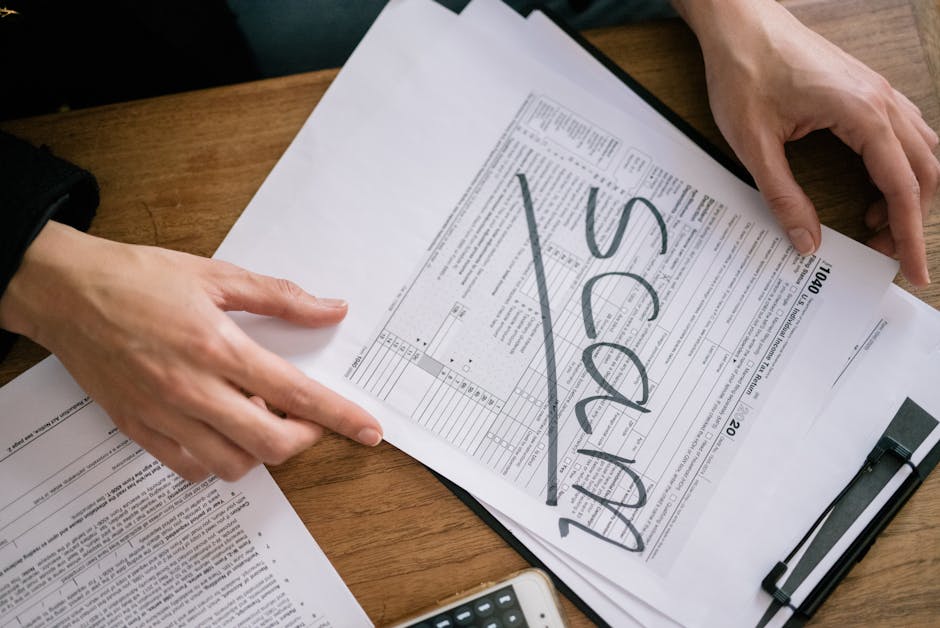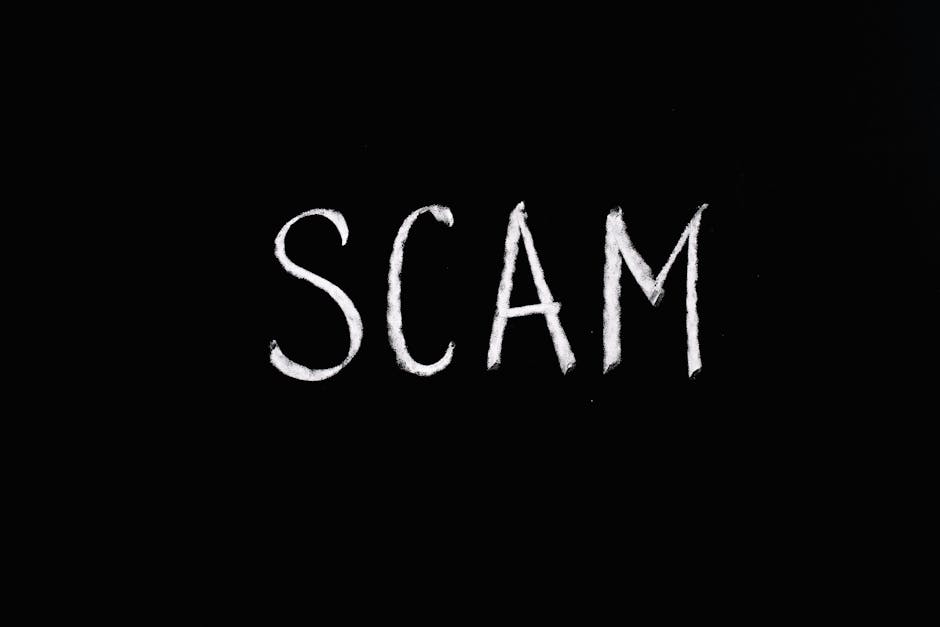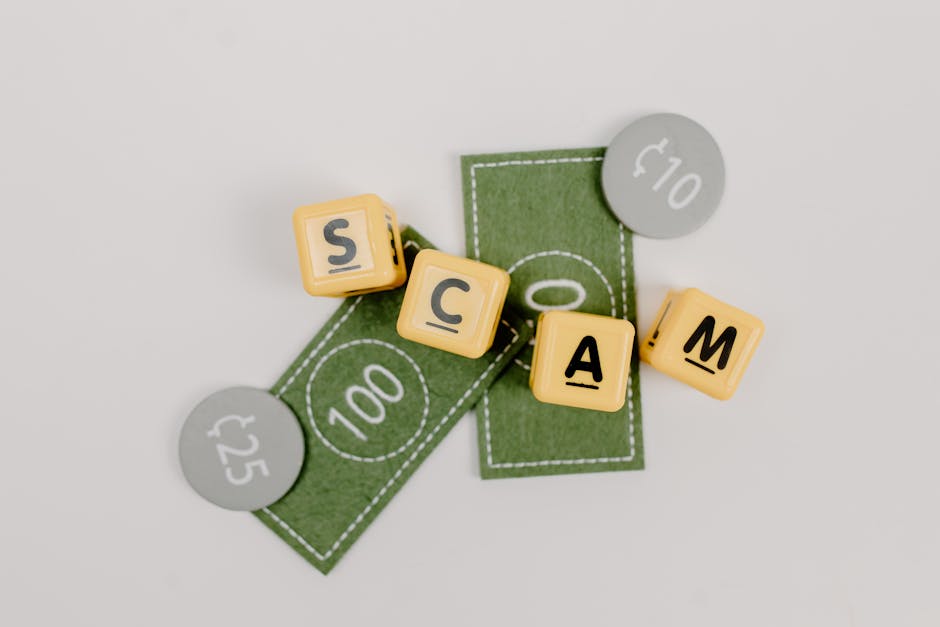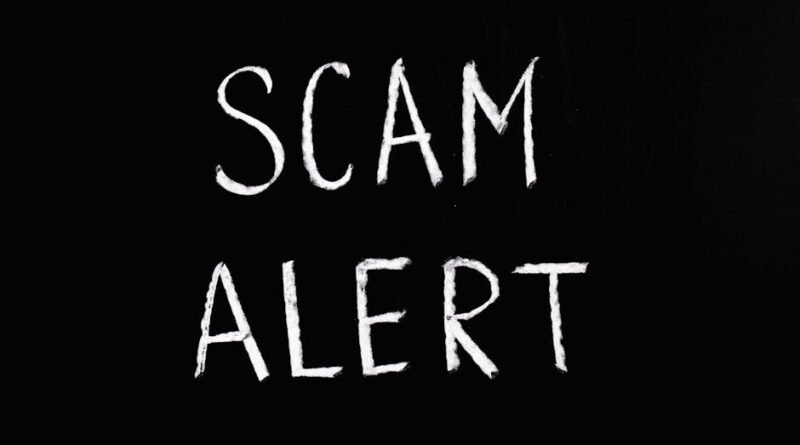How to Spot Fake Websites and Avoid Scams
Introduction

With the increasing prevalence of online shopping and digital transactions, it has become more important than ever to be able to spot fake websites and avoid falling victim to scams. The internet is a vast and often anonymous space, making it a breeding ground for fraudulent activities. In this article, we will explore the various techniques and strategies you can employ to protect yourself and your sensitive information from falling into the wrong hands.
Did you know that over 1.5 million new phishing websites are created each month? That’s a staggering number, and it highlights the urgency of being able to identify and steer clear of these scams. Whether you’re shopping online, conducting financial transactions, or simply browsing the web, it’s crucial to develop a keen eye for detecting fake websites. By the end of this article, you’ll have the knowledge and tools necessary to navigate the online world with confidence and avoid becoming a victim of cybercrime.
1. Check the Website’s URL

The first step in spotting a fake website is to examine the URL. Many fraudulent sites will try to mimic legitimate websites by using URLs that are similar to well-known brands or companies. For example, a scammer might create a website called “amaz0n.com” instead of the legitimate “amazon.com.” These slight variations can be easy to miss at a glance, so it’s important to scrutinize the URL carefully.
When checking a website’s URL, keep the following points in mind:
- Look for the padlock symbol in the URL bar. This indicates that the website has an SSL certificate and that the connection is secure.
- Double-check the spelling of the URL. Scammers often rely on typosquatting, where they register domain names that are similar to popular websites but contain common typing errors.
- Pay attention to the domain extension. For example, “.com” is the most common extension, but scammers may use less common extensions like “.biz” or “.co” to deceive users.
By being vigilant and verifying the website’s URL, you can significantly reduce the risk of interacting with a fake website.
2. Look for Trustworthy Indicators

Legitimate websites often display certain trust indicators that can help you determine their authenticity. These indicators are designed to provide reassurance to visitors and demonstrate that the website is secure and trustworthy. When evaluating a website, keep an eye out for the following trust indicators:
- Trust seals: Look for well-known trust seals, such as those from McAfee, Norton, or the Better Business Bureau. These seals indicate that the website has undergone security checks and is regularly monitored for potential threats.
- Customer reviews and ratings: Genuine websites often feature customer reviews and ratings, providing social proof of their legitimacy. Take the time to read these reviews and assess their authenticity.
- Contact information: Legitimate websites typically provide clear and easily accessible contact information, including a physical address and a phone number. If a website lacks this information or only provides generic email addresses, it may be a red flag.
While these indicators can be helpful, it’s important to note that scammers are becoming increasingly sophisticated and may attempt to replicate these trust signals. Therefore, it’s essential to conduct a thorough assessment of the website before trusting it with your personal information or making a purchase.
3. Examine the Website’s Design and Content

The design and content of a website can provide valuable clues about its legitimacy. Scammers often prioritize speed and ease of setup, resulting in websites that may appear unprofessional or poorly designed. Here are some factors to consider when evaluating a website’s design and content:
- Grammar and spelling errors: Legitimate websites typically invest in high-quality content, so be wary of websites that contain numerous grammar or spelling mistakes. These errors can indicate a lack of professionalism and attention to detail.
- Poorly designed user interface: Fake websites may have clunky or outdated user interfaces that make navigation difficult. Legitimate websites, on the other hand, strive for a seamless and user-friendly experience.
- Unusual or excessive advertisements: Pay attention to the number and nature of advertisements on the website. If you encounter an unusually high number of ads or if they appear to be irrelevant or inappropriate, it may be a sign that the website is not legitimate.
Remember, scammers often rely on volume to carry out their fraudulent activities. They create numerous fake websites, so it’s common for these sites to have subpar design and content. By being discerning and critically evaluating the website’s design and content, you can avoid falling into their traps.
4. Verify the Website’s Security Measures
A crucial aspect of spotting fake websites is assessing their security measures. Since you will likely be providing personal information or conducting financial transactions on legitimate websites, it’s vital to ensure that your data remains secure. Here are some security measures to consider:
- SSL encryption: Look for the padlock symbol in the URL bar, indicating that the website has an SSL certificate. SSL encryption ensures that the information you exchange with the website is encrypted and protected from potential eavesdropping.
- Secure payment gateways: If you’re making a purchase, ensure that the website uses reputable and secure payment gateways, such as PayPal or Stripe. These gateways offer an additional layer of protection by handling the transaction securely.
- Privacy policy and terms of service: Legitimate websites typically have clearly defined privacy policies and terms of service. Take the time to read these documents and ensure that your personal information will be handled responsibly.
It’s important to note that scammers can also obtain SSL certificates and imitate secure payment gateways. Therefore, it’s crucial to conduct a thorough evaluation of the website and not rely solely on these security measures.
5. Conduct External Research
When in doubt about the legitimacy of a website, conducting external research can provide valuable insights. The internet is a vast resource, and chances are that others have encountered the website in question before. Here are some steps you can take to conduct external research:
- Search for reviews and ratings: Use search engines to look for reviews or ratings of the website. Pay attention to both positive and negative feedback, as scammers may attempt to manipulate reviews to create a false sense of legitimacy.
- Check online forums and communities: Participate in online forums or communities related to the website’s niche or industry. Ask for opinions or experiences from other members who may have encountered the website before.
- Visit scam reporting websites: Several websites are dedicated to tracking and reporting scams. Check these platforms to see if the website you’re evaluating has been flagged as fraudulent.
By conducting external research, you can tap into the collective knowledge and experiences of others, helping you make an informed decision about the website’s legitimacy.
Common Questions
Q: Can I rely solely on trust seals to determine a website’s legitimacy?
A: While trust seals can be a helpful indicator, scammers can also display fake trust seals on their websites. It’s important to verify the authenticity of these seals by clicking on them and confirming that they lead to the respective trust seal provider’s website.
Q: What should I do if I’ve already provided my personal information to a fake website?
A: If you suspect that you’ve fallen victim to a scam, act swiftly to protect yourself. Contact your bank or credit card company to report the incident and request a freeze on your accounts if necessary. Additionally, consider changing your passwords and monitoring your accounts closely for any unauthorized activity.
Conclusion
To wrap things up, being able to spot fake websites and avoid scams is a crucial skill in today’s digital landscape. By paying attention to details such as the website’s URL, trust indicators, design and content, security measures, and conducting external research, you can significantly reduce the risk of falling victim to online fraud. Remember to always prioritize your online safety and remain vigilant in your interactions with websites. By staying informed and employing the strategies outlined in this article, you can navigate the online world with confidence and protect yourself from scams.




